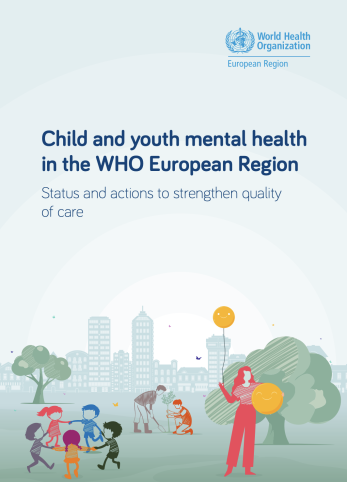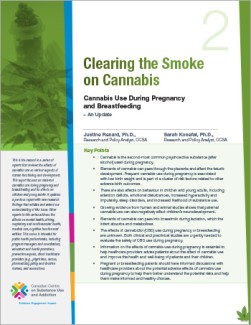
Search
Treatment, Day 1, Track 3, 11:00-12:30
Characterising smoking and smoking cessation attempts by risk of alcohol dependence: A representative, cross-sectional study of adults in England between 2014-2021
Summary
Background
There is a strong shared association between smoking tobacco and drinking alcohol. This study aimed to compare smoking prevalence and smoking characteristics in drinkers who were versus were not at risk of alcohol...
Seminar on Role of Students against Drugs
Seminar on Role of Students against Drugs
GC University Lahore organized a special program on drugs, Major General Ghulam Shabbir Narejo DG ANF Pakistan was chief guest and Brig Rashid Minhas RD ANF Punjab was special guest. Principal Prof...
Drug Awareness Campaign through Motivational Speaker
Drug Awareness Campaign through Motivational Speaker
Syed Zulfiqar Husain, Director, Drug Advisory Training Hub (DATH) along with Mr. Adeel Rashid and Syed Mohsin met with Mr. Qasim Ali Shah Motivational Speaker regarding Drug Demand...
Inaugural Ceremony of Drug Rehab Centre
Inaugural Ceremony of Drug Rehab Centre
Syed Zulfiqar Hussain, Consultant/Expert, Anti Drugs Narcotics Campaign inaugurated 2nd Branch Focus Rehab Center Gulberg III Lahore with Motivational speaker Syed Qasim Ali Shah, Dr. Ahsan ul Haq...
Trends in Cannabis Polysubstance Use During Early Pregnancy Among Patients in a Large Health Care System in Northern California
Abstract
Importance Rates of prenatal cannabis use are increasing alongside perceptions that cannabis is a harmless therapeutic for pregnancy-related ailments, while rates of prenatal use of alcohol and tobacco are decreasing. It is...
Impaired control in heavy drinking and its association with alcohol craving and alcohol use disorder severity
Abstract:
Introduction. Impaired control over drinking has been frequently cited in diverse theoretical descriptions regarding harmful alcohol use and is considered a DSM criterion for alcohol use disorder. Differences in the frequency of...
WHA adopts Global Alcohol Action Plan
Register to take part in "Motivational Quizzing" 2022
Disability mainstreaming in accessing Mental Health & SUD treatment and care
The influence of poly-drug use patterns on the association between opioid agonist treatment engagement and injecting initiation assistance
Abstract
Background
Evidence suggests people who inject drugs (PWID) prescribed opioid agonist treatment (OAT) are less likely to provide injection drug use (IDU) initiation assistance. We investigated the association between OAT...
Drug treatment management and mental health care training manual review workshop held
Proper guidelines for professionals are essential in providing quality services. With this in mind, Dhaka Ahsania Mission Health Sector organized a day-long consultation workshop on June 2, 2022, under the JPRPHRPC project supported by GIZ...
Variations in national availability of waivered buprenorphine prescribers by racial and ethnic composition of zip codes
Background
Opioid overdose remains a public health crisis in diverse communities. Between 2019 and 2020, there was an almost 40% increase in drug fatalities primarily due to opioid analogues of both stimulants and opioids. Medications for...
Patient perspectives on depot buprenorphine treatment for opioid addiction – a qualitative interview study
Background
Recently developed buprenorphine depot injections have the potential to reduce risk for diversion and misuse, and to increase adherence with fewer visits for supervised intake. However, it is unclear how patients perceive this...
A qualitative study exploring how young people perceive and experience substance use services in British Columbia, Canada
Background
Substance use among youth (ages 12–24) is troublesome given the increasing risk of harms associated. Even more so, substance use services are largely under utilised among youth, most only accessing support when in crisis. Few...
Clearing the Smoke on Cannabis: Cannabis Use During Pregnancy and Breastfeeding
This report presents the latest clinical evidence on how cannabis use during pregnancy and breastfeeding can affect a developing fetus and infant.
Key points include: the effects of cannabis can be passed onto the fetus through the...
Cognitive Behavior Therapy for Substance Use Disorders: From Theory to Practice
Cognitive Behavioral Therapy (CBT) has been found to be effective for treating a variety of Substance Use Disorders (SUDs). This webinar will review the CBT model of substance use, as well as practical treatment strategies and tools in...
Stimulants A Focus on Effective Treatment Interventions and Recovery Supports
During this webinar you will learn how to:
-Discuss research findings related to brain recovery following the use of stimulants.
-Recall evidence-based behavioural interventions found to be effective in treating people with a stimulant...
Stress, Relationships, & Substance Use Disorders An Introduction to Neuroscience Informed Counseling
During this webinar you will learn how to:
- Discuss the foundations for incorporating neuroscience into clinical practice
- Describe a neuroscience informed model of SUD treatment
- Apply a model of stress, relationship, and SUD
Stress, Relationships, and Substance Use Disorders Clinical Applications
This workshop is Part 2 of a set of presentations on the integration of neuroscience with SUD treatment. Part 1 laid a foundation for ethical practice. Part 2 describes the application of a metaphoric model of neuroscience-informed...
Share the Knowledge: ISSUP members can post in the Knowledge Share – Sign in or become a member









